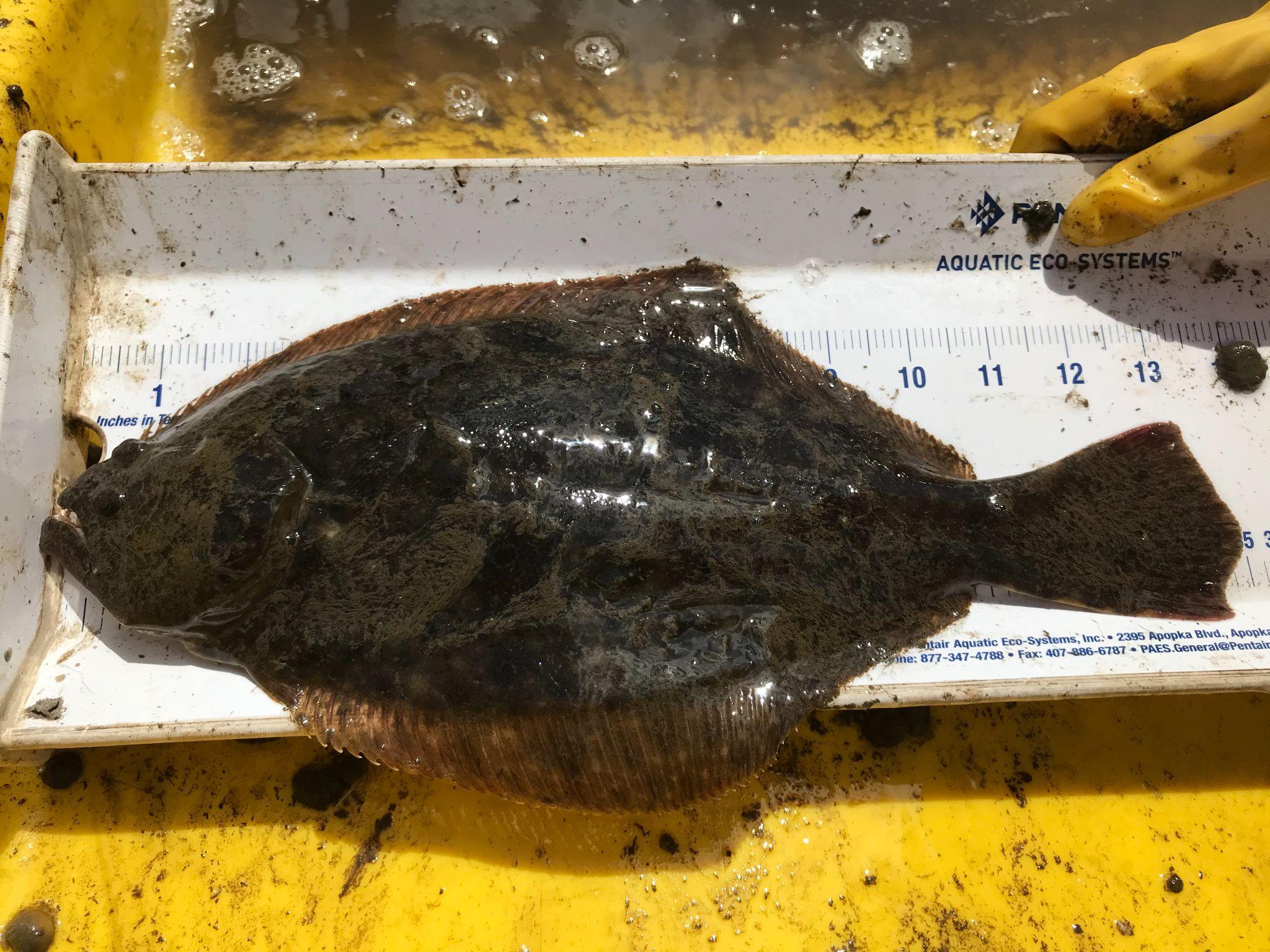
Hudson River Park’s Science Leadership Program (SLP) is a paid summer research opportunity for high school-aged, female-identifying students from underrepresented communities in STEM in New York City. SLP is a result of a collaboration of STEM institutions in NYC such as Hudson River Park’s River Project, the Pinkerton Foundation, the Young Women’s Leadership Schools of NYC (TYWLS), Intrepid Sea, Air, and Space Museum, City College of New York (CCNY), and the Lahmont-Doherty Earth Observatory (LDEO). The goal of SLP is for interns to gain experience and confidence in STEM through authentic research, professional development workshops, and near-peer mentoring. Additionally, we aim to have SLP interns complete the summer program with a stronger scientific identity, a better understanding of STEM careers and opportunities, and greater exposure to scientific methods and techniques.
One theme SLP interns focus on throughout the program is water quality. Interns learn how to measure turbidity, dissolved oxygen, water temperature, and salinity during in-person field days through a variety of techniques. These data can then be compared to the continuous output provided by HRECOS. Throughout the program, SLP interns are expected to conduct a scientific research project on plastic pollution in our waterways and the effects it has on gulls. SLP interns have often included precipitation data provided by the HRECOS stations to explore the effects of rainfall and therefore combined sewer outfalls (CSOs) on the amount of plastic gulls consumed. SLP interns can observe broad trends in data through Hudson River Park’s River Health dashboard and the HRECOS website’s current conditions page.
When combined with the HRECOS-run dashboard displayed on two physical monitors within the Park, at Pier 40 and Pier 84, the Park’s River Health dashboard allows for broader access of data for all park patrons and website visitors. Sharing the information gathered by HRECOS allows everyone to be informed about the Hudson River’s health. This has the potential to inspire new research and keep residents of NYC and New Jersey informed about their environment.
